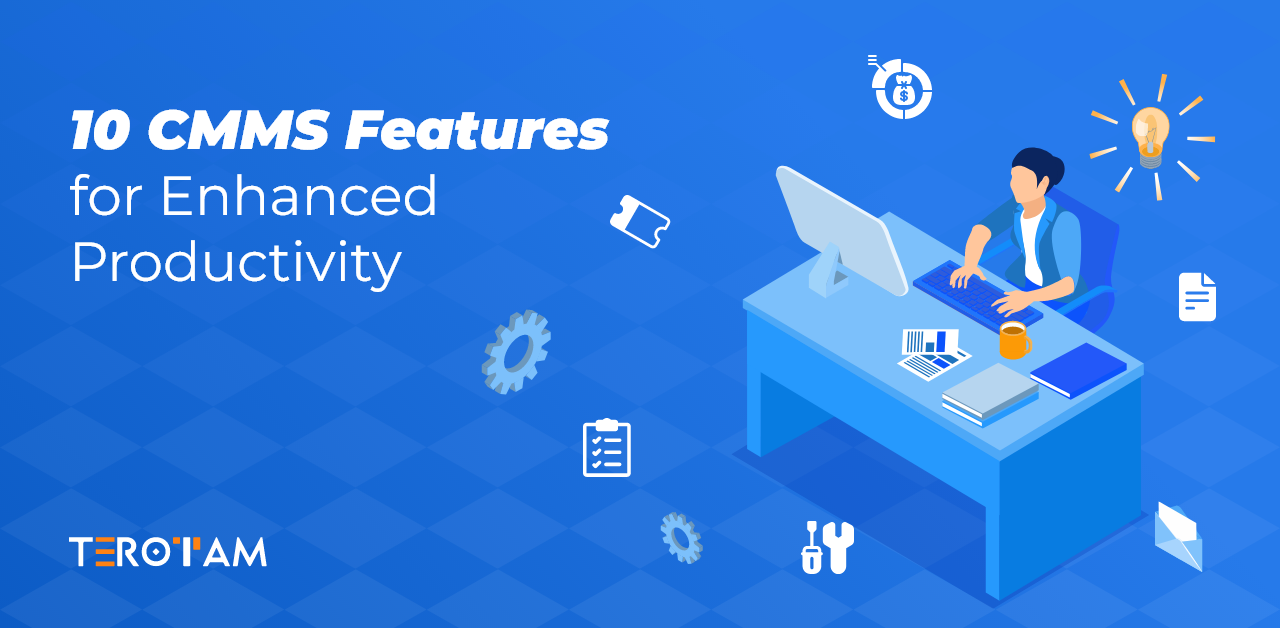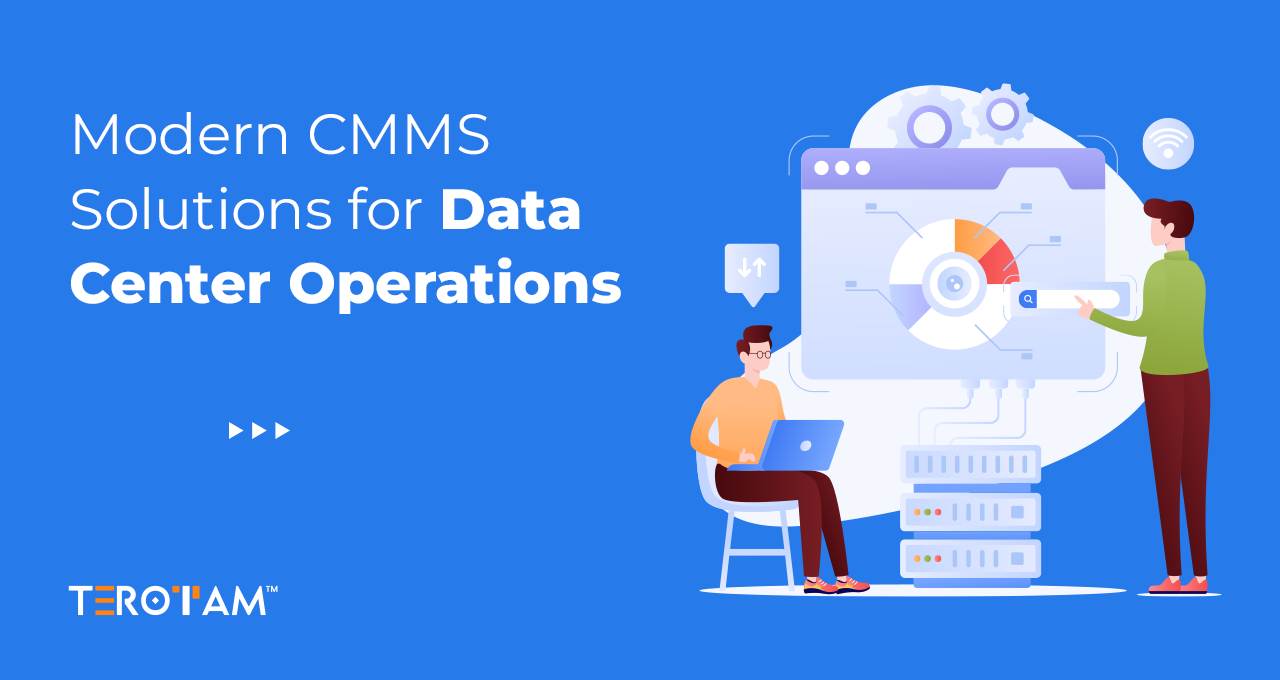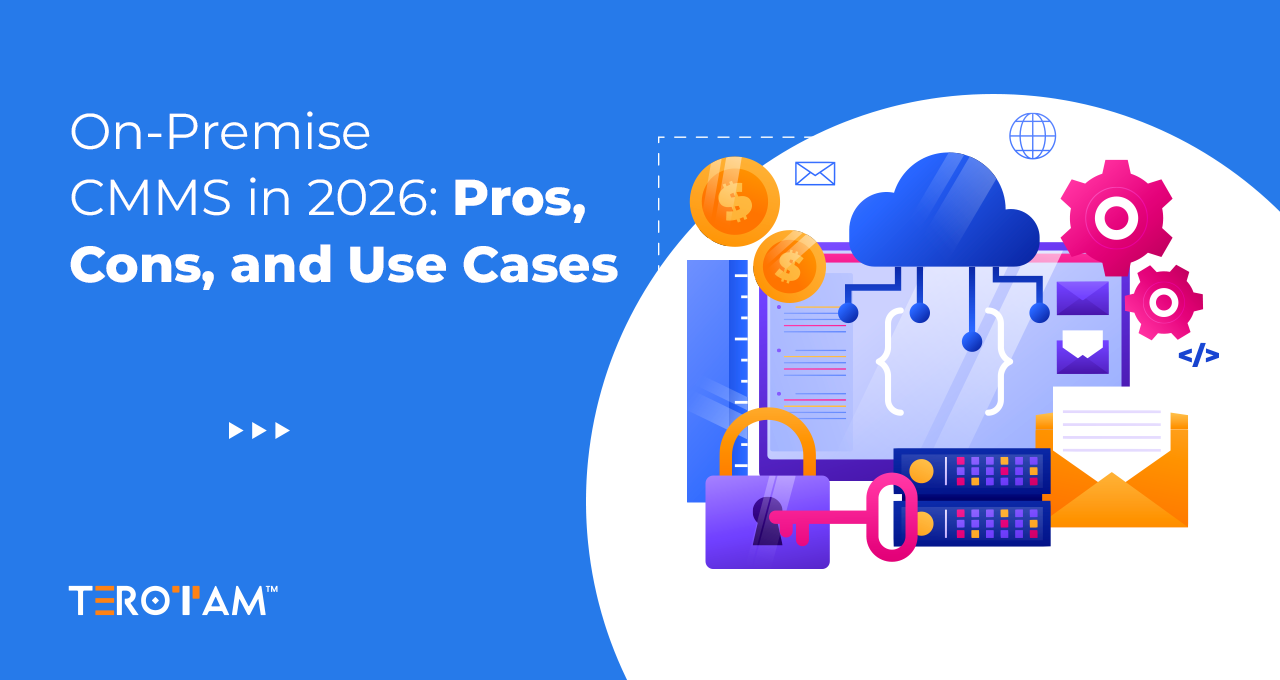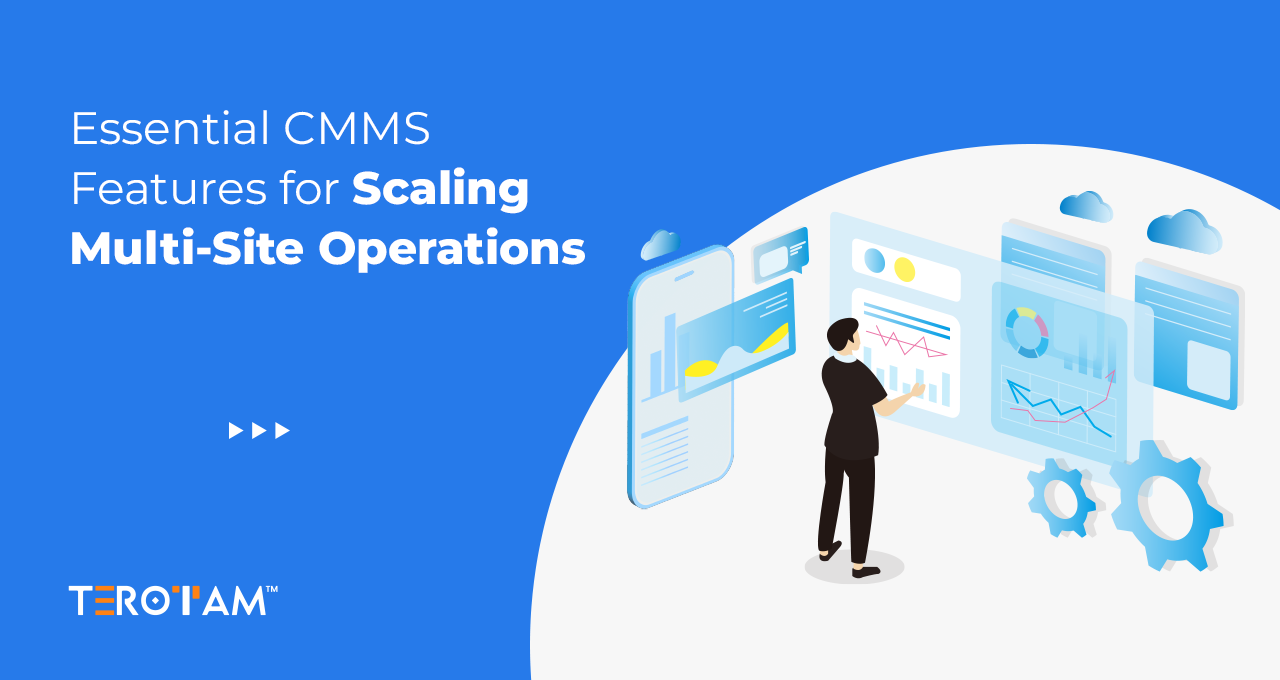Maintenance management is a critical aspect of any organization, ensuring the smooth functioning of assets and infrastructure. With the advent of technology, Computerized Maintenance Management Systems have become indispensable tools for organizations looking to streamline their maintenance processes.
As organizations continue to grapple with the challenges of maximizing uptime, minimizing downtime, and extending the lifespan of their assets, CMMS emerges as a powerful solution. From asset management to user-defined roles, each feature plays a pivotal role in elevating maintenance management to new heights, ushering in an era of proactive and data-driven decision-making.
Let’s address the evolution of CMMS and how 10 essential features of this software can completely transform an organization’s maintenance practices.
What is CMMS Software?
CMMS, short for Computerized Maintenance Management System, is a specialized software designed to streamline and optimize the management of an organization’s maintenance activities. It is a centralized hub for all maintenance-related tasks, providing a systematic approach to planning, scheduling, executing, and tracking maintenance operations. Such a software solution assists organizations in making the shift from reactive maintenance practices to proactive and preventive measures by utilizing data and automation.
10 Features of CMMS Software for Systematic Approach towards Productivity
1. Asset Management
Effectively managing and maintaining assets is a cornerstone of organizational success. CMMS offers a robust Asset Management module, providing a comprehensive cataloging system, sub-asset breakdown, QR code tracking, and depreciation monitoring.
Comprehensive Asset Listing:
CMMS provides a centralized database where all assets are cataloged, including critical information such as specifications, maintenance history, and documentation.
Sub-assets Creation:
For complex equipment, CMMS allows the breakdown of assets into manageable sub-assets, facilitating more granular maintenance tracking.
Asset Tracking with QR:
Utilizing QR codes, CMMS enables easy and accurate tracking of assets, reducing the risk of errors and ensuring quick identification during inspections.
Asset Depreciation:
CMMS assists in tracking the depreciation of assets over time, providing insights into their financial value and aiding in budgeting for replacements or upgrades.
2. Work Order Management
Efficient handling of work orders is crucial for minimizing downtime and optimizing resource utilization. CMMS simplifies this process by offering seamless creation, assignment, and tracking of work orders through an intuitive interface.
Seamless Creation, Assignment, and Tracking:
CMMS facilitates the creation of work orders, assignment to appropriate personnel, and real-time tracking. This includes detailed information on tasks, required resources, and scheduled timelines.
Prioritization and Management:
Through a user-friendly interface, maintenance teams can prioritize and manage work orders efficiently, ensuring timely completion of tasks.
3. Preventive Maintenance
Preventive maintenance is the key to avoiding unexpected breakdowns and ensuring equipment longevity. CMMS empowers organizations with features like scheduled maintenance, visual maintenance calendars, detailed checklists, and real-time progress tracking.
Scheduled Maintenance:
CMMS allows organizations to set up regular preventive maintenance schedules based on time, usage, or specific triggers, ensuring that maintenance activities are proactive rather than reactive.
Maintenance Calendar:
The system provides a visual representation of upcoming maintenance tasks, helping teams plan and allocate resources effectively.
Maintenance Checklist:
Organizations can create detailed checklists for each maintenance task, ensuring no steps are overlooked during execution.
Tracking Live Maintenance Progress:
CMMS provides real-time updates on ongoing maintenance activities, allowing teams to monitor progress and address any issues promptly.
4. Complaint Management/Ticket Management
Effectively managing and resolving complaints or issues is paramount for maintaining operational efficiency. CMMS streamlines this process with quick ticket generation through QR scanning, efficient assignment, and real-time tracking with automatic escalation.
Quick Ticket Generation with QR Scanning:
Users can swiftly generate maintenance tickets by scanning QR codes associated with specific assets or issues.
Efficient Ticket Assignment:
CMMS streamlines the assignment of tickets to the appropriate personnel, reducing response times.
Real-time Tracking and Escalation:
Ongoing tracking of ticket status and automatic escalation of critical issues ensure that maintenance tasks are promptly addressed.
5. Work Permit Management
Ensuring compliance with safety regulations and obtaining the necessary work permits are critical aspects of maintenance. CMMS assists in this regard, providing effective permit management and streamlined approval workflows.
Effective Permit Management:
CMMS assists organizations in managing work permits, ensuring that all necessary permits are obtained before maintenance activities commence. This feature is crucial for compliance with safety regulations.
Streamlined Permit Approval Processes:
The system provides workflows for obtaining and approving work permits, minimizing delays and ensuring a systematic approach to permit management.
6. User-Defined Role and Access
Customization is key when it comes to user roles and access levels within a CMMS. Organizations can define roles and permissions, ensuring each team member has the right level of access without compromising sensitive information.
Customized User Roles:
Organizations can customize user roles within the CMMS, ensuring that each team member has the appropriate level of access to perform their duties without compromising sensitive information.
Granular Access Control:
CMMS allows for granular access control, specifying what actions and information each role can access, enhancing security and data integrity.
7. Task Management
Efficient organization and tracking of tasks are essential for streamlined maintenance operations. CMMS aids in task management by allowing assignment, priority setting, and real-time tracking to ensure tasks are completed in a systematic manner.
Organizing and Assigning Tasks:
CMMS helps organize and assign tasks related to maintenance activities. This includes assigning tasks to specific personnel, setting priorities, and monitoring progress.
Task Tracking and Completion:
The system provides visibility into task status, ensuring accountability and facilitating efficient task completion.
8. Centralized Communication
Effective communication is the backbone of successful maintenance teams. CMMS acts as a centralized hub for communication, facilitating collaboration, sharing updates, and discussing issues within the system.
Collaboration Hub:
The CMMS platform serves as a centralized communication hub, allowing maintenance teams to collaborate, share updates, and discuss issues within the system.
Communication History:
The system maintains a communication history, providing a reference for discussions, decisions, and issue resolutions.
9. Robust Reporting
Informed decision-making relies on robust reporting tools. CMMS provides comprehensive reporting, offering insights into maintenance performance, asset health, and resource utilization, with customizable reports for specific needs.
Comprehensive Reporting Tools:
CMMS provides a comprehensive suite of reporting tools that offer insights into maintenance performance, asset health, and resource utilization.
Customizable Reports:
Users can generate customizable reports based on specific parameters, enabling data-driven decision-making for continuous improvement.
10. User-Friendly Mobile App & Usability
Accessibility and usability are critical for widespread adoption of CMMS. The inclusion of a user-friendly mobile app ensures on-the-go access, while an intuitive interface enhances overall usability for active participation in maintenance processes.
Mobile Accessibility:
The inclusion of a user-friendly mobile app ensures that maintenance teams can access the CMMS from anywhere, facilitating on-the-go task management and real-time updates.
Intuitive Interface:
The intuitive interface enhances overall usability, promoting widespread adoption across the organization. Users can easily navigate the system, reducing the learning curve and encouraging active participation in maintenance processes.
How CMMS Software Can Upscale the Maintenance Practices and Productivity?
In recent times, the complexity and scale of maintenance operations have surged, necessitating the adoption of CMMS software. The following reasons underscore the essential nature such software solution in recent times:
Optimization of Asset Lifespan
CMMS enables organizations to implement proactive maintenance schedules, ensuring that assets are well-maintained and their lifespan is maximized.
Minimization of Downtime
Through efficient work order management and preventive maintenance, CMMS reduces unplanned downtime, ensuring that operations run smoothly.
Regulatory Compliance
CMMS assists in adhering to regulatory standards and safety requirements, providing features like work permit management to ensure compliance.
Data-Driven Decision-Making
With robust reporting tools, CMMS empowers organizations to make informed decisions based on real-time data and historical trends.
Improved Resource Allocation
CMMS helps allocate resources effectively by providing insights into the utilization of equipment, labor, and materials.
Enhanced Productivity
The systematic organization of maintenance tasks and streamlined communication within CMMS result in increased overall productivity.
Cost Savings
Proactive maintenance and optimized resource allocation contribute to cost savings in terms of reduced downtime, lower repair costs, and extended asset life.
Conclusion
The implementation of a feature-rich Computerized Maintenance Management System is not just a choice but a strategic imperative. The 10 comprehensive features discussed here collectively form a powerful toolkit for organizations seeking a systematic approach towards enhanced productivity. As your organization navigates the complexities of maintenance, our CMMS software stands ready to elevate your game.
Connect with our experts now to discover how our feature-rich CMMS software solution can revolutionize your maintenance processes, minimize downtime, and maximize the lifespan of your valuable assets. Also, you can write to us at contact@terotam.com and get ready to optimize together for a future of operational excellence.








